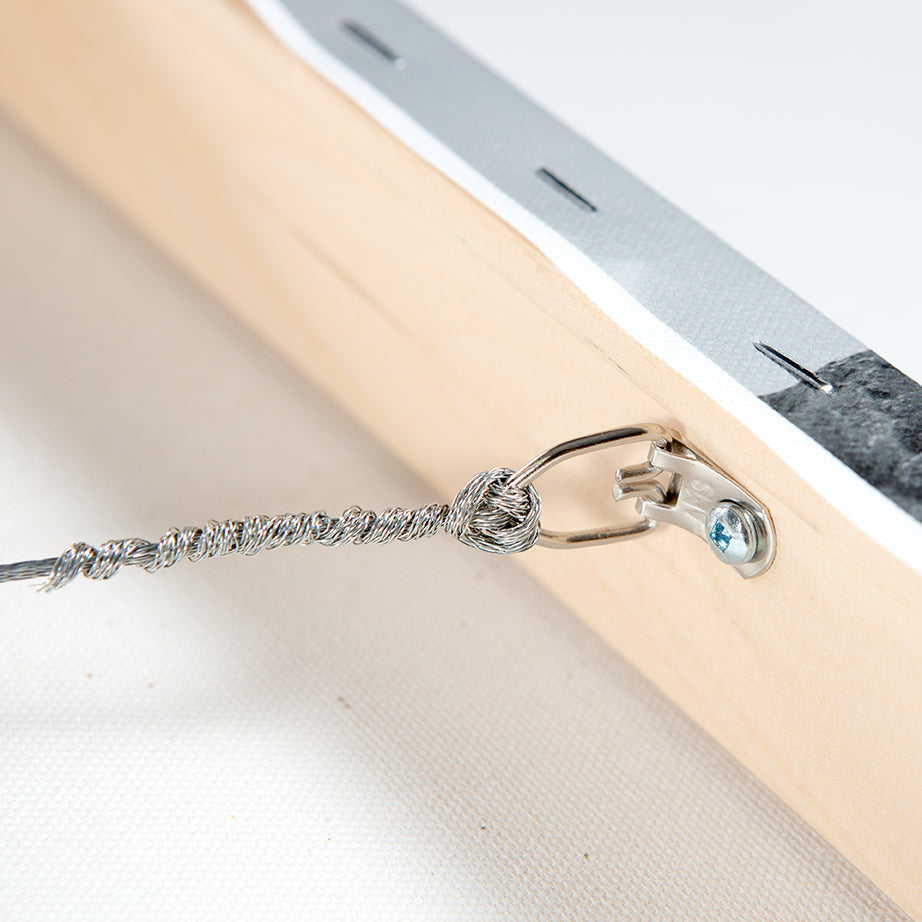Curating art in your home doesn't have to be just about hanging pictures - you can create a visual narrative that reflects your personality, interests all that work within your space. Here are some tips that have worked for us:
Start with What You Love. Seems obvious, but choose pieces that genuinely speak to you, regardless of their value or the artist’s fame. Emotional connection is key, art should evoke curiosity, comfort, or inspiration. Next, consider the space. Size matters: Large pieces make a large impact in big rooms; small works are great for smaller spaces. Function also matters. Choose calming art for bedrooms, dynamic or conversation-starting pieces for living areas, and playful works for kitchens or bathrooms. Creating a focal point can anchor a room with a striking central piece, like a large painting above the sofa or fireplace. If you are using multiple artworks, treat them as a unified composition (e.g., salon-style walls).
You can and should mix styles and mediums! Combine photography, paintings, textiles, sculptures, and prints, juxtapose modern with vintage, abstract with figurative, contrast creates visual interest. Frame Thoughtfully as well. It goes without saying that framing transforms art. Go for frames that enhance (but don’t overpower) the piece. Remember to frame the piece and not your room! Mix frame colors and styles intentionally if you want an eclectic look. For a minimalist or cohesive feel, keep framing uniform. Use various wall layouts such as a gallery wall. Works well in halls, staircases, or above furniture. Lay it out on the floor first to plan spacing. A Grid layout gives structure and elegance while a Ledge/shelf display makes it easy to rotate and rearrange art without drilling new holes.
Please, let your art breathe! Give each piece enough space to be appreciated, avoid overcrowding. Negative space (blank wall area) can enhance impact. Use natural light thoughtfully (avoid direct sunlight on delicate pieces). Consider gallery-style lighting, spotlights or adjustable track lights can elevate presentation. Maybe most importantly, tell a story. Group pieces with a common theme: color palette, subject, artist, or even travel memories. Make the collection feel curated, not random. Rotate artwork periodically to keep your space feeling fresh. Try seasonal swaps, new arrangements, or displaying art in unexpected places (e.g., leaning on shelves, in the bathroom).
Also! Remember to support emerging artists: Visit local art fairs, online platforms and university/college shows.

